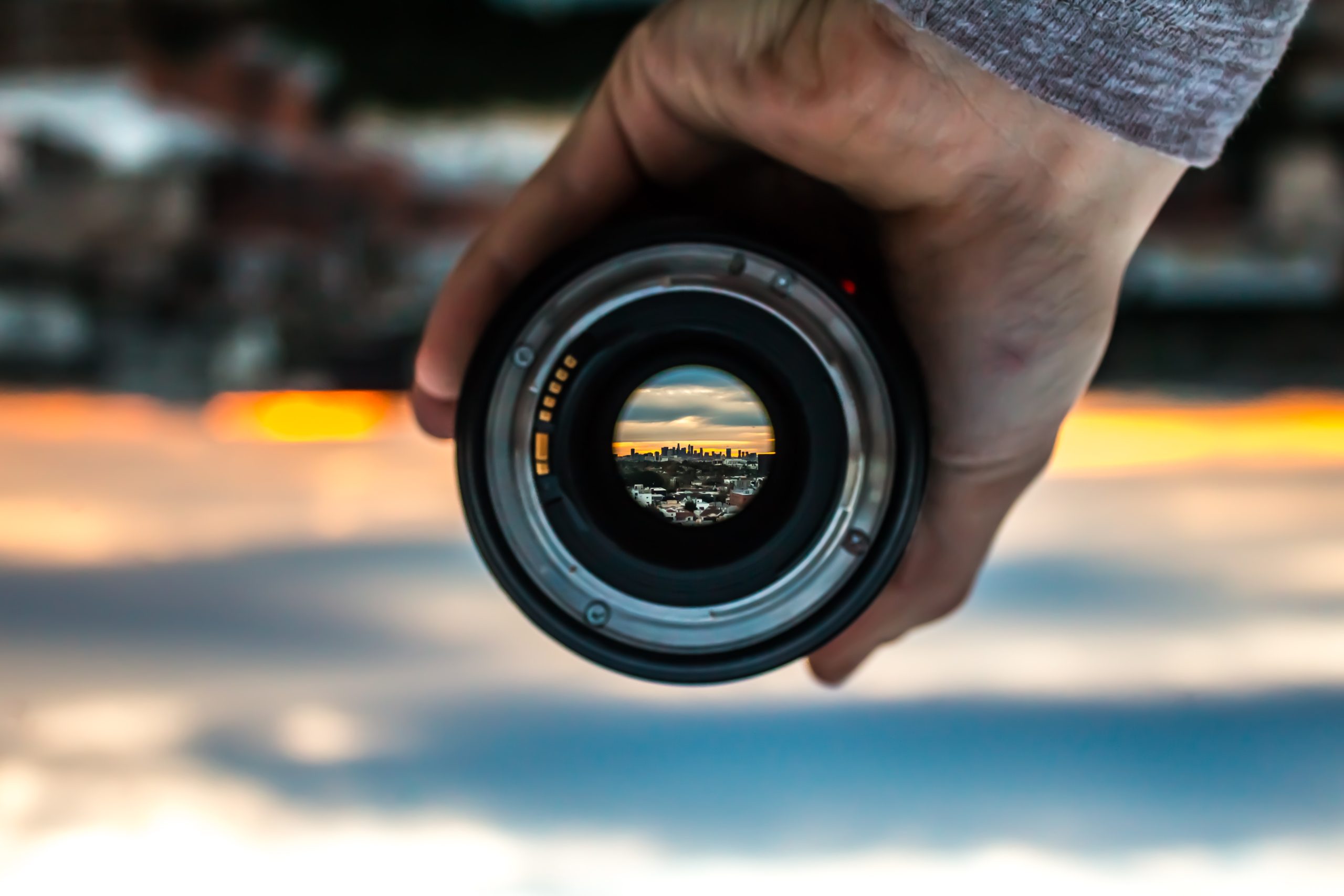When treatment is harder than diagnosis
April 25, 2019
There’s a seduction in behavioral science: “here’s a bias, go be better by not being biased”.
Spoiler alert: actually doing is hard. Really hard.

Yes, all these biases are interesting. Yes, it means we might be making mistakes everyday. Yes, it seems like we should be able to do better by helping them.
Yet…
Just knowing about biases doesn’t fix them. You need to understand how and where they manifest, and what might sidestep, mitigate, or treat them. You have to create systems outside yourself to help monitor or offset.
The biases published in academic journals are often teased out in very controlled, precise settings. In the real world, they might be white background noise. They might not matter at all.
The results you hear about are the wins. You don’t hear about all the ones that were tried, but failed. You don’t hear about the time and resource burned.
You don’t hear about the ones that worked, but clients hated “eating their vegetables”, so the unhealthy sugar went back to the front of the line.
You’ve got to find things that are a win for (i) you, (ii) your clients, and (iii) the business. And justify resourcing it compared to competing projects.
And people don’t naturally give you credit for results. They’re sure they would have done just fine anyways.
I’ve had successful, proven designs accidentally broken at a later point. At which point in time you need to justify the resource involved in fixing something that was already proven.
Which isn’t to say you shouldn’t do it. Just know:
Finding a bias is easy. Fixing it is hard.